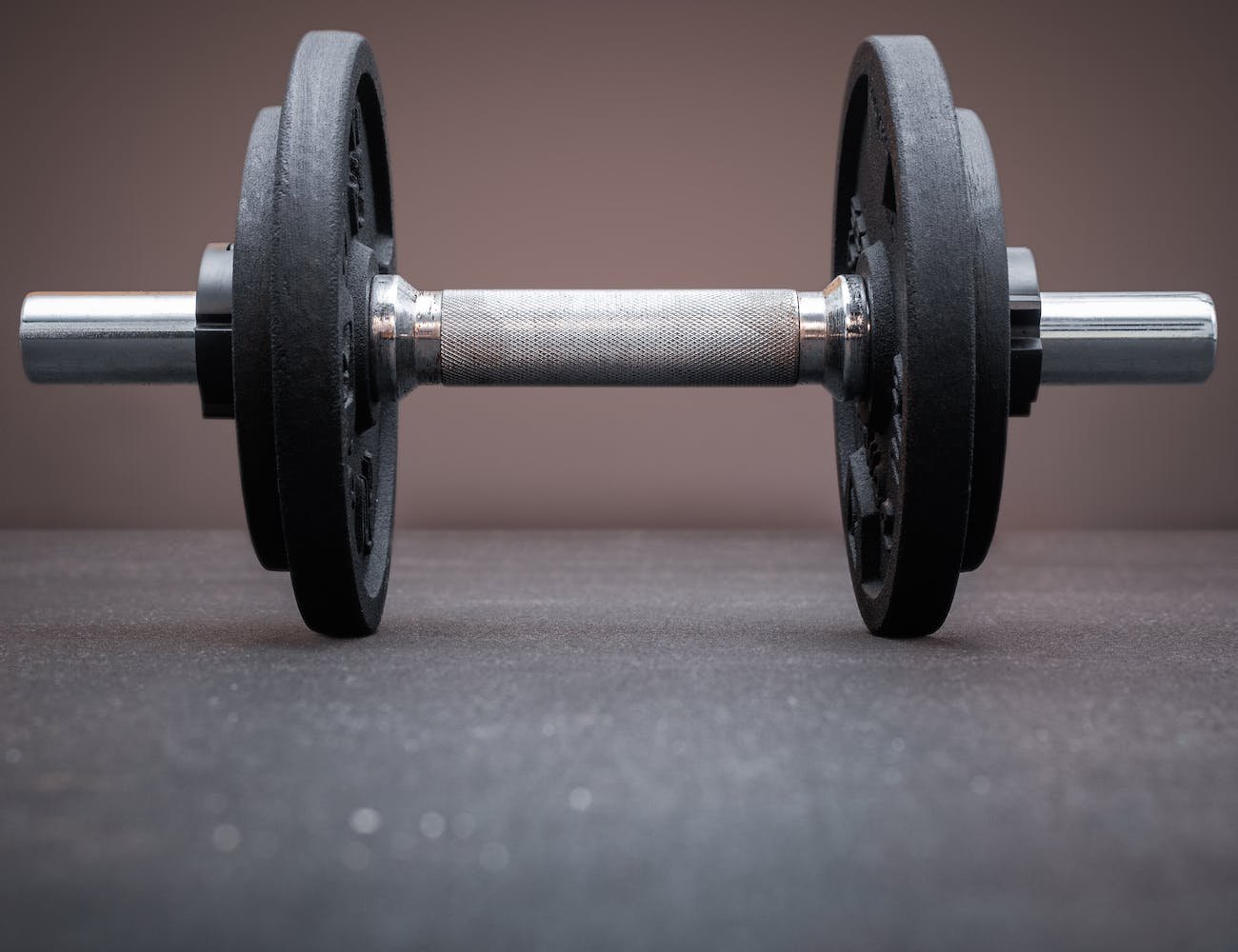Breaking Barriers: Mastering Advanced Strength Training Techniques and Overcoming Plateaus
I’ve moved mountains with my bare hands, or at least that’s what it feels like when you’re trying to conquer the unyielding world of advanced strength training. As a professional in the field, I’ve spent years researching and applying the most effective techniques to not only improve my own strength but to guide others in shattering their personal bests.
It’s a journey filled with sweat-drenched gym sessions, the clang of heavy iron, and the sweet satisfaction of surpassing what we once thought were our limits. Yet, there comes a time when progress tapers off, and the weight on the barbell sneers back at us, unmoved. That’s the plateau, and it’s a beast we all must face.
But don’t let this discourage you; I’m here to arm you with the necessary strategies to reignite your gains and elevate your strength to new heights. Stay with me, and together we’ll unlock the next chapter in your training saga, where your hard-won efforts translate into powerful, measurable results.
Introduction
Embarking on the journey to advanced strength training, we often hit a wall known as a plateau, challenging us to seek new strategies to propel our progress forward. It’s not just about lifting heavier weights; it’s about understanding the delicate art of progressive overload in strength training.
This concept isn’t just about piling on more weight—it’s about intelligently increasing the demand on your muscles, ensuring continuous growth.
To overcome strength training plateaus, we can’t rely on the same routines. Advanced strength training techniques, such as periodization training for athletes, offer a structured approach. This method involves cycling through different phases of training intensity and volume, allowing me to peak at the right time and avoid burnout. It’s this kind of strategic planning that separates the dedicated from the stagnant.
As I integrate these advanced concepts into my regimen, I’m mindful of strength training tips for long-term success. It’s not solely about what I do in the gym, but also how I manage my recovery, nutrition, and mindset outside of it. Consistency is key, but so is listening to my body and adjusting accordingly.
The freedom in my fitness journey isn’t found in aimless exertion, but in the precise application of proven principles that guide me toward my goals.
Section 1: Foundations of Advanced Strength Training
To truly excel in advanced strength training, it’s essential to grasp the intricate mechanisms of muscle growth and the impact of strategic rest and nutrition. In my journey, I’ve learned that reaching new heights in strength gains isn’t just about lifting heavier weights; it’s about understanding how my body works and responding with intelligent training programs. For those of you seeking freedom from stagnation and the thrill of continuous progress, let’s dive into the foundations that will catapult your strength training to new levels.
Here are the cornerstones of advanced strength training:
- Progressive Overload: To challenge my muscles and stimulate growth, I must consistently increase the demands I place on them. This can be through heavier weights, increased volume, or enhanced intensity.
- Periodization: I plan my workouts in cycles, alternating between different phases of training intensity and volume to optimize strength gains and prevent burnout.
- Recovery: Sufficient rest is non-negotiable. I prioritize sleep and implement active recovery days to allow my muscles to repair and grow stronger.
- Nutrition: Fueling my body with the right nutrients pre- and post-workout ensures I have the energy for advanced lifting techniques and supports muscle repair.
Section 2: Identifying and Overcoming Plateaus
Having established the cornerstones of advanced strength training, let’s now tackle the challenge of training plateaus, the inevitable hurdles that can halt your progress and test your resolve. I’ve experienced these fitness plateaus firsthand, and I know they can be both frustrating and demotivating. But don’t lose heart; they’re a natural part of the journey towards peak physical condition.
Recognizing a plateau is the first step towards overcoming it. Signs like stalled strength gains, persistent fatigue, or waning motivation indicate it’s time to switch things up. You’re not alone in this struggle. Even the most seasoned athletes face these barriers, yet they push through with strategic adjustments to their workout routines.
To breakthrough, I’ve learned to play with training variables like intensity, volume, and frequency. Sometimes, it’s about dialing back to allow the body to recover, and other times it’s about ramping things up intelligently. Advanced lifting isn’t just about the weight on the bar; it’s about smart programming and periodization.
Active recovery methods for athletes are crucial. These methods aren’t just about taking time off; they’re about engaging in low-intensity activities that promote healing and prepare your muscles for the next onslaught. It’s about giving yourself the freedom to heal without feeling like you’re stepping back.
Lastly, never underestimate the role of mental toughness in strength training. It’s this resilience that’ll help you view plateaus not as stop signs, but as opportunities to evolve and refine your approach. As you apply these tactics, remember that success in advanced strength training isn’t a sprint—it’s a marathon. Keep pushing, stay flexible, and embrace the freedom of transcending your limits.
Section 3: Advanced Strength Training Techniques
As we delve into the realm of advanced strength training techniques, it’s crucial to understand that progressive overload isn’t just a concept, it’s the lifeline of continuous strength and muscle development. To break through the ceiling of your current capabilities, I’ll guide you through the cutting-edge methods that will redefine your approach to building muscle and strength.
Here are the advanced techniques that’ll thrust your training to new heights:
- Powerlifting Form and Variations: Master the deadlift, squat, and bench press with impeccable technique, then introduce variations like pause reps or deficit lifts to challenge your body in new ways.
- Olympic Weightlifting Techniques: Incorporate the explosive power of the clean, jerk, and snatch into your regimen to enhance overall athleticism and functional strength.
- Bodybuilding Exercises for Muscle Mass: Focus on isolation exercises and hypertrophy routines to sculpt your physique and target specific muscle groups for maximum growth.
- Advanced Strength Training Programs: Periodization is key; rotate through phases of strength, hypertrophy, and power to continually shock your system and spur progress.
Remember, it’s not just about lifting heavier weights; it’s about smart, strategic training that respects your body’s need for variation and recovery. Sample workout routines for muscle building should be tailored to respect your individual journey towards autonomy in your fitness regime.
Stay committed, stay hungry for improvement, and let these advanced techniques guide you to break barriers and achieve the freedom of strength you’ve been chasing. Now, go out there and lift like you’ve never lifted before—your personal records are waiting to be shattered.
Section 4: Supplemental Training and Recovery
While we’ve honed in on lifting techniques and strength programs, it’s equally vital to address the often-overlooked elements of supplemental training and recovery that can significantly enhance our performance and prevent injury. I’ve learned that without proper nutrition for muscle growth and recovery, even the most rigorous strength routine falls short. It’s not just about how much I lift, but also about the quality of fuel I give my body.
Mobility and flexibility for lifters are non-negotiable. These aspects allow me to move freely, without pain or restriction—giving me the liberty to push my limits and challenge my body in new ways. And let’s not forget supplements for strength and performance; they give that extra edge, that push when the body screams for a reprieve.
I can’t emphasize enough the importance of effective stress management for athletes. The mind and body are a team, with stress being the adversary. By conquering stress, I ensure my recovery is as effective as my training.
Here’s a quick look at the crucial components for optimal recovery and supplemental training:
| Aspect | Why It Matters |
|---|---|
| Nutrition & Supplements | Fuel repair and amplify performance |
| Mobility & Flexibility | Enhance movement, prevent injury |
| Stress Management | Preserve mental clarity and focus |
Section 5: Nutrition and Supplementation for Strength Athletes
To unlock the true potential of muscle growth and recovery, it’s essential to master the art of nutrition and understand which supplements can propel your strength training to new heights. Whether you’re into powerlifting, bodybuilding, or simply striving for peak athletic performance, nutrition and supplementation for strength athletes play a crucial role.
Here’s how you can fine-tune your diet and supplement intake to support your goals:
- Prioritize Protein: Aim for a protein intake of around 1.6-2.2 grams per kilogram of body weight daily to aid muscle repair and growth.
- Manage Macros: Balance your carbohydrates and fats to fuel your workouts and recovery while maintaining the energy needed for balancing strength training and cardio.
- Time Your Nutrients: Align your meal timing with your training schedule. Consuming carbs and protein post-workout can enhance recovery and muscle synthesis.
- Select Supplements Wisely: Incorporate proven supplements like creatine for increased power output and protein powders to conveniently meet your daily protein targets.
It’s not just about lifting weights; it’s about lifting your nutritional game to match the intensity of your training. Freedom in fitness comes from the understanding that you have the power to sculpt your physique and elevate your athletic capabilities through informed nutritional choices.
Supplements aren’t a magic bullet, but they’re tools that, when used correctly, can significantly aid your journey. Remember, it’s the synergy between solid nutrition, strategic supplementation, and well-planned training that will catapult you past plateaus. So, embrace the discipline of nutrition and let it fuel your ascent to strength freedom.
Section 6: Mindset and Mental Toughness
Developing a resilient mindset is as critical to lifting heavy weights as the physical strength we tirelessly work to build. It’s the armor I wear when facing down the barbell, the inner coach that pushes me through the last reps, and the guardian that helps me stay focused when distractions loom. Mental toughness isn’t a gift bestowed upon the chosen few; it’s a skill, honed through consistent practice and unwavering dedication.
I embrace challenges as opportunities to grow stronger, not just physically but mentally too. When I hit a plateau, it’s a signal to evaluate and adjust my approach, not a cue to give up. I’ve learned that overcoming barriers often starts in the mind. By developing a mindset of perseverance and adaptability, I find the freedom to push my limits and break new ground.
Incorporating cardiovascular exercise in strength training isn’t just about improving heart health; it’s also a test of mental endurance. As my lungs and muscles burn, I train my mind to endure discomfort, to find peace in the struggle. It’s there, in the heat of exertion, that I discover the true depth of my resolve.
I’ve also found that using both short tail keywords and long tail keywords in my mental script can be incredibly powerful. Phrases like ‘strength gains’ and ‘overcoming plateaus’ serve as short, sharp mantras that keep me focused on the goal, while more specific, personal affirmations act as long tail keywords, guiding me through the unique journey of my training.
Section 7: Advanced Training Programs and Resources
Embracing the mental fortitude we’ve cultivated, let’s now explore advanced training programs and resources that can further accelerate our strength training progression. These programs aren’t just a set of exercises; they’re a roadmap to breaking through ceilings and achieving strength freedom.
Here’s what I’ve found to be game-changers:
- Sample Advanced Strength Training Programs: These programs, often periodized, provide structured weekly routines that continuously challenge your muscles and nervous system. They’re designed to push you beyond your limits while allowing for recovery. Whether it’s powerlifting cycles or bodybuilding splits, each program has a unique focus that caters to different goals.
- Recommended Books: There’s a wealth of knowledge in books written by strength training experts. Titles like ‘Starting Strength’ by Mark Rippetoe or ‘Becoming a Supple Leopard’ by Dr. Kelly Starrett offer in-depth insights into technique and mobility. They inspire you to take control of your training journey and become self-sufficient.
- Courses and Coaches: Investing in a course or a coach can be transformative. These resources offer personalized guidance and accountability, ensuring that your technique is spot-on and your program aligns with your goals. They’re not just teachers; they’re partners in your quest for strength.
- Resources for Further Learning: The internet is brimming with forums, research papers, and video tutorials. Resources like ExRx.net or the National Strength and Conditioning Association provide evidence-based information that can refine your knowledge and approach.
I’m here to tell you that the strength you seek is within your grasp. Use these resources to guide your path, but remember, it’s your perseverance and dedication that will ultimately fuel your ascent to new heights of personal power.
Let’s break those barriers and claim the strength freedom we deserve.
Frequently Asked Questions
I’ve compiled the most pressing questions you’ve asked about advanced strength training, complete with clear, evidence-based answers to propel your progress. You’re on a journey to break free from the shackles of plateaus and I’m here to guide you with solid facts and motivation.
‘How do I overcome a strength plateau?’ The key is to vary your routine. Implement periodization by cycling your intensity, volume, and exercises. Don’t shy away from altering rep ranges or switching up your workout entirely. It’s about keeping your muscles guessing and your mind engaged.
‘What’s the role of nutrition in advanced training?’ It’s critical. To push past barriers, you need quality fuel. Prioritize protein for muscle repair, complex carbs for energy, and healthy fats for hormone function. If you’re looking to optimize further, consider supplements like creatine for power and branched-chain amino acids for recovery.
‘Is more training always better?’ Not necessarily. More isn’t always the answer; smarter is. Listen to your body and recognize the importance of rest and recovery. Overtraining can set you back, so balance intensity with adequate rest to allow growth and prevent injury.
‘Should I focus on free weights or machines?’ Both have a place in advanced training. Free weights build functional strength and coordination, while machines can help isolate and target specific muscle groups. Use them in tandem to create a comprehensive routine that caters to your goals.
Conclusion
Armed with answers to these crucial questions, let’s now focus on ensuring your advanced strength training journey isn’t just sustained, but also full of breakthroughs and triumphs. As we wrap up this guide, remember that overcoming plateaus and mastering advanced techniques is as much about the mind as it’s about the body. The path to freedom in fitness lies in the ability to self-regulate, adapt, and push through boundaries.
To encapsulate our journey, here are four vital takeaways:
- Embrace Progressive Overload: Challenge your muscles consistently by increasing the weight, altering the reps, or changing the tempo. This is the bedrock of continual growth.
- Integrate Periodization: Break your training into phases, each with a specific focus, to systematically enhance your strength and avoid burnout.
- Prioritize Recovery: Just as crucial as the work you put in is the time you allow for recovery. This includes sleep, nutrition, and stress management.
- Cultivate a Growth Mindset: Believe in the possibility of improvement and learn from setbacks. This mindset is your ally in the relentless pursuit of strength.
Frequently Asked Questions
How Do Genetic Factors Influence One’s Ability to Progress in Advanced Strength Training, and Can They Be Mitigated?
Genetics can pre-set my strength potential, but they’re not destiny. Studies show dedicated training can offset genetic limits. I’m empowered to push past my genetic boundaries with hard work and smart strategies.
How Does Age Impact the Effectiveness of Advanced Strength Training Techniques, and What Adjustments Should Be Made for Older Athletes?
Age affects my strength training effectiveness, so I adjust my routine for safety and progress. I focus more on recovery, incorporate flexibility work, and ensure my program is based on current research.
Are There Specific Considerations for Female Strength Athletes Regarding Advanced Training and Overcoming Plateaus?
I consider hormonal fluctuations and body composition differences when training female athletes. Tailored programs and recovery protocols ensure they overcome plateaus while respecting their unique physiological needs. It’s empowering and effective.
How Can One Balance Advanced Strength Training With Other Athletic Pursuits or Sports-Specific Training Without Compromising Progress in Either Area?
I’ve found integrating advanced strength training with sport-specific workouts requires careful planning to avoid burnout and ensure progress. It’s about smartly balancing intensity and recovery to excel in both areas simultaneously.
What Is the Role of Unconventional Training Tools (E.G., Strongman Implements, Kettlebells, Sandbags) in an Advanced Strength Training Regimen, and How Can They Be Integrated Effectively?
I integrate unconventional tools like kettlebells and sandbags into my training to challenge my body uniquely, increase functional strength, and prevent boredom. They’re effective for breaking routines and pushing past physical plateaus.
Conclusion
And there you have it—the arsenal you need to conquer those stubborn plateaus.
Remember, the path to greatness is paved with persistence and sweat. But as you stand at this crossroad, know that the true test lies ahead.
Will you retreat, or will you forge ahead, breaking barriers with every lift? The choice is yours.
Stay hungry, stay humble, and let the iron be your witness.
Now, go write your own legend.




Leave a Reply
You must be logged in to post a comment.